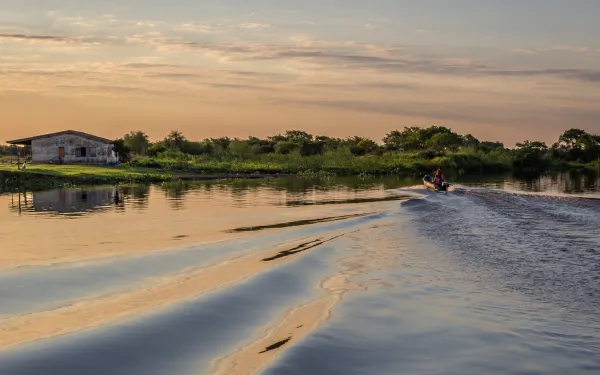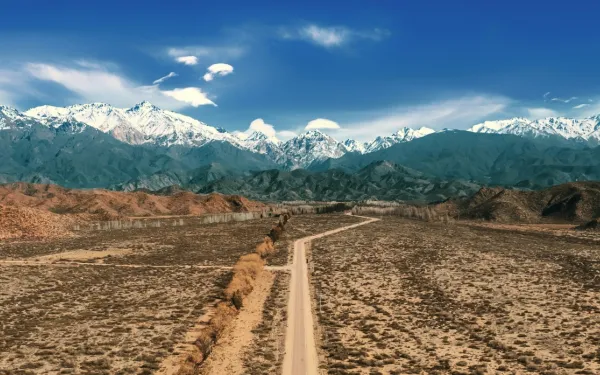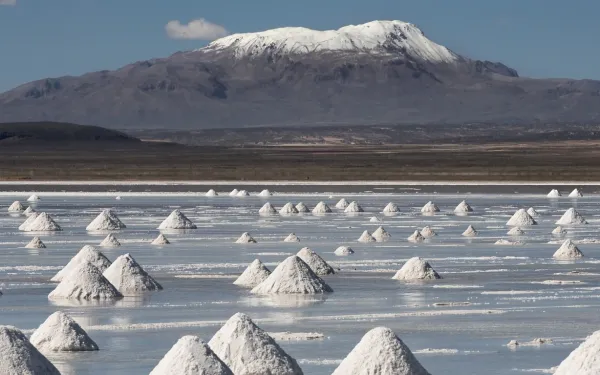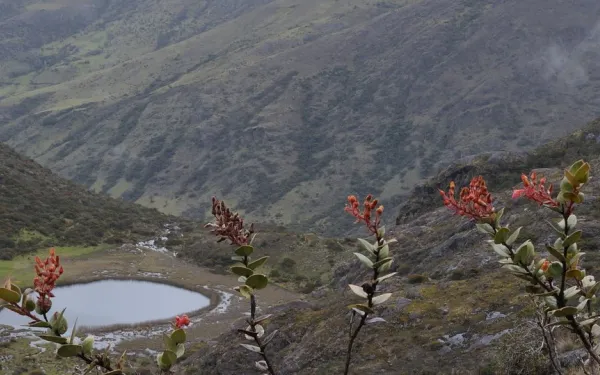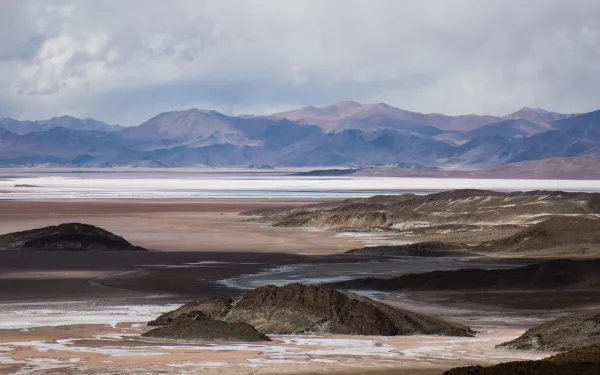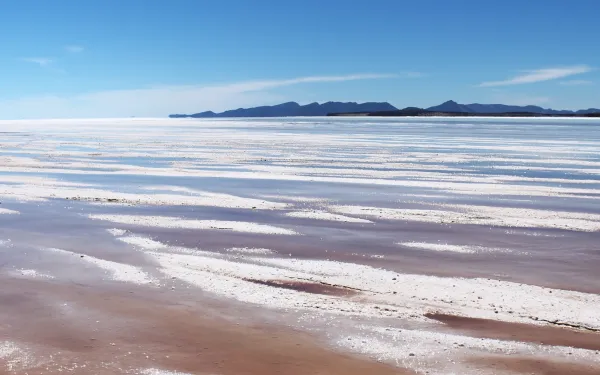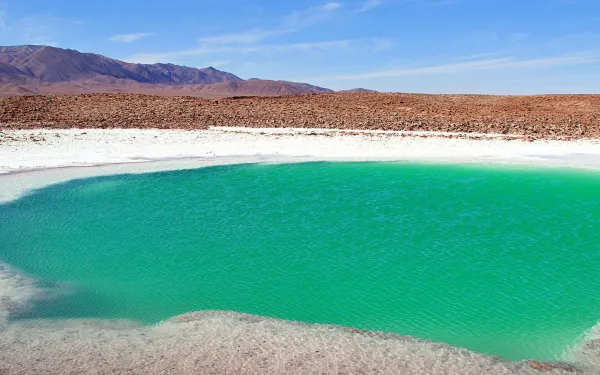
Why is lithium mining in Andean salt flats also called water mining?
By Víctor Quintanilla, David Cañas and Javier Oviedo* According to official figures, approximately 2.2 billion people worldwide lack access to drinking water.Despite this panorama, threats to this common good from overexploitation and pollution are increasing. One such threat is the accelerated extraction of lithium in Latin American countries, driven by corporate and state actors to meet the energy transition needs of the global North.Lithium extraction involves enormous water consumption and loss and is essentially water mining.On the continent, the advance of the lithium industry particularly threatens the salt flats and other Andean wetlands of the Gran Atacama region—located in the ecological region of the Puna, on the border of Argentina, Bolivia and Chile—where more than 53 percent of the mineral’s resources (potentially exploitable material) are located.Lithium mining exacerbates the natural water deficit in the area, threatening not only the salt flats, but also the many forms of life that live there. Where does the water used in lithium mining come from?First, it’s necessary to point out that salt flats are aquatic ecosystems located at the bottom of endorheic or closed basins. There, rivers do not flow into the sea but into the interior of the territory, so the water forms lakes or lagoons often accompanied by salt flats due to evaporation.In the salt flats, freshwater and saltwater usually coexist in a delicate balance that allows life to survive.The regions with salt flats, such as the Gran Atacama, are arid or semi-arid, with high evaporation and low rainfall. There we find freshwater aquifers at the foot of the mountains and brine aquifers in the center of the salt flats, both connected and in equilibrium.Brine is basically water with a high salt content, although the lithium mining industry considers it a mineral to justify its exploitation and minimize the water footprint of its activities.In addition to being essential for life, the waters of the salt flats are a heritage resource because they are very old—up to tens of thousands of years—and have been the livelihood of the indigenous people who have inhabited the Puna for thousands of years.When the mining industry moves into a salt flat, it threatens the natural balance and directly affects the relationship between water and the social environment, as well as the relationship between water and other forms of life.To extract lithium from a salt flat, the traditional procedure is to drill the salt flat, pour the brine into large ponds, wait for the water to evaporate so that the lithium concentration increases, send the lithium concentrate to an industrial plant and subject it to chemical treatment to separate the lithium from other salts and finally obtain lithium carbonate or hydroxide: a raw material used mainly in the manufacture of batteries.The continuous and large-scale extraction of brine from saline aquifers alters the natural balance of groundwater. As a result, areas that were previously filled with brine are emptied, causing freshwater from nearby aquifers to move in and occupy those spaces, becoming salinized in the process.The final processes to extract lithium carbonate and separate it from the rest of the compound also require water, which is drawn from surface or underground sources that also supply local communities.Therefore, the water used in lithium mining comes from:Underground freshwater and brine aquifers.Surface sources such as rivers and vegas (land where water accumulates). Therefore, the inherent risk of lithium mining is the overexploitation of these water sources. How much water does lithium mining use?The extraction of lithium by the methods described above involves an enormous consumption and loss of water, which is not returned to the environment because it completely used up, because its properties change, or because it is simply lost through evaporation.According to scientific data, the average water overconsumption in lithium mining is as follows:150 m3 of fresh water used to produce one ton of lithium.350 m3 of brine per ton of lithium.Between 100 and 1000 m3 of water evaporated per ton of lithium produced. To illustrate the loss of water resources in lithium mining, the water lost to evaporation is equivalent to the total water consumption of the population of Antofagasta (166,000 people) for two years. This Chilean city is located 200 km from the Salar de Atacama, where more than 90 percent of the country's lithium reserves are located.In addition to water depletion, lithium mining can also contaminate the resource by producing wastewater containing toxic substances. Our vital relationship with waterUnlike the mining industry, which sees water as just another resource to be exploited, the indigenous communities living in the area have an ancestral connection to the resource on which their economic and productive activities depend, as well as their customs, traditions and worldview.These communities must now confront the pressures on water from the advance of lithium mining, driven by outside interests.But they are doing so with courage, developing processes of defense of water and territory.Let us learn from them to defend a common good without which no way of life is possible.Learn more about the impacts of lithium mining on Andean salt flats in this StoryMap (in Spanish)Watch the recording of the webinar “Evidence of hyperconsumption of water in lithium extraction and production” (in Spanish) *Víctor Quintanilla is AIDA's Content Coordinator; David Cañas and Javier Oviedo are scientific advisors.
Read more
